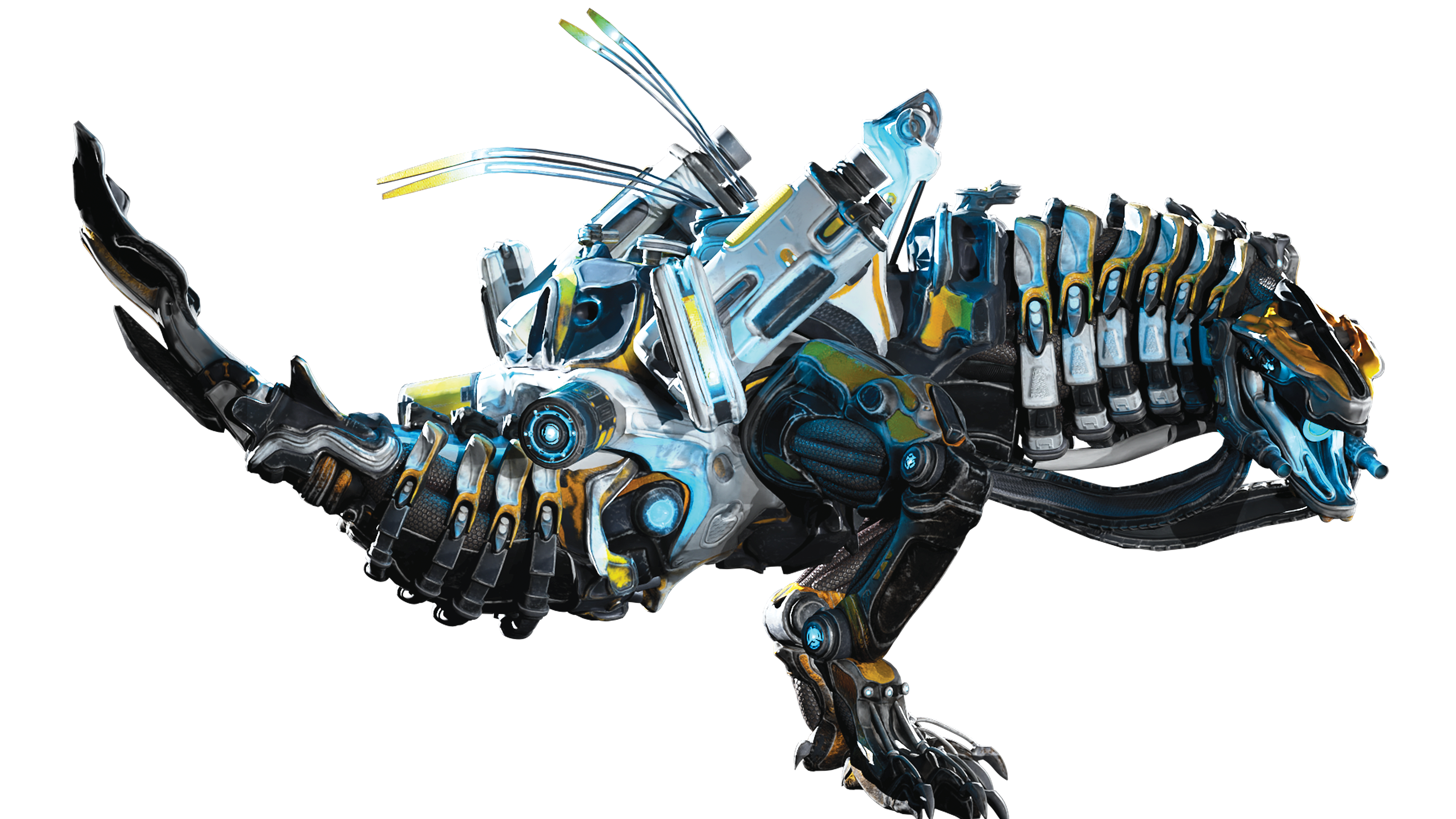Why have today's designers stopped dreaming?
Now that technology is capable of creating the stuff of wildest dreams, designers have simply stopped dreaming, says Elliot Jay Stocks.
You click the website link and the assets begin to load. The page is a gigantic photo, filling the entirety of the viewport. In the photo is a group of people - smiley, happy, beautiful people. The product is just about visible on the screen of one of their iPhones.
Overlaid on top of this photo is a brief sentence that introduces the product in a not-really-saying-anything-in-particular sort of way, set in a geometric sans-serif typeface. Beneath the sentence is a button. But not just any button – this button has white type, a transparent background and a thin, white border surrounding it. You press the button.
You're gently transitioned further down the page and the large, cheerful photo remains in place, without scrolling, until it's obscured by the main content area that appears from below. The content's background is a large block of a single, flat colour and that colour is a semi-lurid, mint green. It's the kind of green you might find on the rolled-up chinos of Shoreditch's finest.
Flat and 'fun'
You scroll a little further down the page and small diagrams begin to animate themselves as they enter the viewport. Then your attention is caught by something happening further up: you notice that a semi-transparent menu has slunk into view and attached itself to the top of the page. It stays there as you scroll through the product descriptions, the giant bands of flat colours and the well-lit photos of the support team pulling their best 'fun' faces.
If you've identified the website described here, I'm afraid there are no prizes, because there's no correct answer. It is, in fact, a number of websites. A very large number. And if a new product website launches tomorrow, chances are it will fit that description, too.
The web right now is a beautiful place. Web design has matured as an industry and the technology now enables us to create whatever we might dream of in HTML, CSS and JavaScript. But it's clear that laziness amongst designers has never been more rife.
Thousands and thousands of cookie-cutter sites litter the internet, each one drawing just a little too much influence from the last. The blame is not to be laid at the feet of sites that provide actual website templates, but at the feet of professional designers who are churning out 'bespoke' sites that might as well be templates.
Back in 2007, I rallied against the so-called 'Web 2.0 look'. The aesthetics were different (and considerably worse) but the message was the same: as designers, we need to consider exactly why we're making specific design choices. We shouldn't be blindly following current trends. Perhaps the essential question we should be asking ourselves each time we approach a new site design project is: why would we not choose to be different?
Words: Elliot Jay Stocks
Elliot Jay Stocks is a web designer, speaker and author. He is the creative director of Adobe Typekit, the founder of typography magazine 8 Faces, and one half of Viewport Industries, which makes digital and analogue products for web professionals. This article originally appeared in Computer Arts issue 225.

Thank you for reading 5 articles this month* Join now for unlimited access
Enjoy your first month for just £1 / $1 / €1
*Read 5 free articles per month without a subscription

Join now for unlimited access
Try first month for just £1 / $1 / €1
Get the Creative Bloq Newsletter
Daily design news, reviews, how-tos and more, as picked by the editors.

The Creative Bloq team is made up of a group of design fans, and has changed and evolved since Creative Bloq began back in 2012. The current website team consists of eight full-time members of staff: Editor Georgia Coggan, Deputy Editor Rosie Hilder, Ecommerce Editor Beren Neale, Senior News Editor Daniel Piper, Editor, Digital Art and 3D Ian Dean, Tech Reviews Editor Erlingur Einarsson, Ecommerce Writer Beth Nicholls and Staff Writer Natalie Fear, as well as a roster of freelancers from around the world. The ImagineFX magazine team also pitch in, ensuring that content from leading digital art publication ImagineFX is represented on Creative Bloq.
